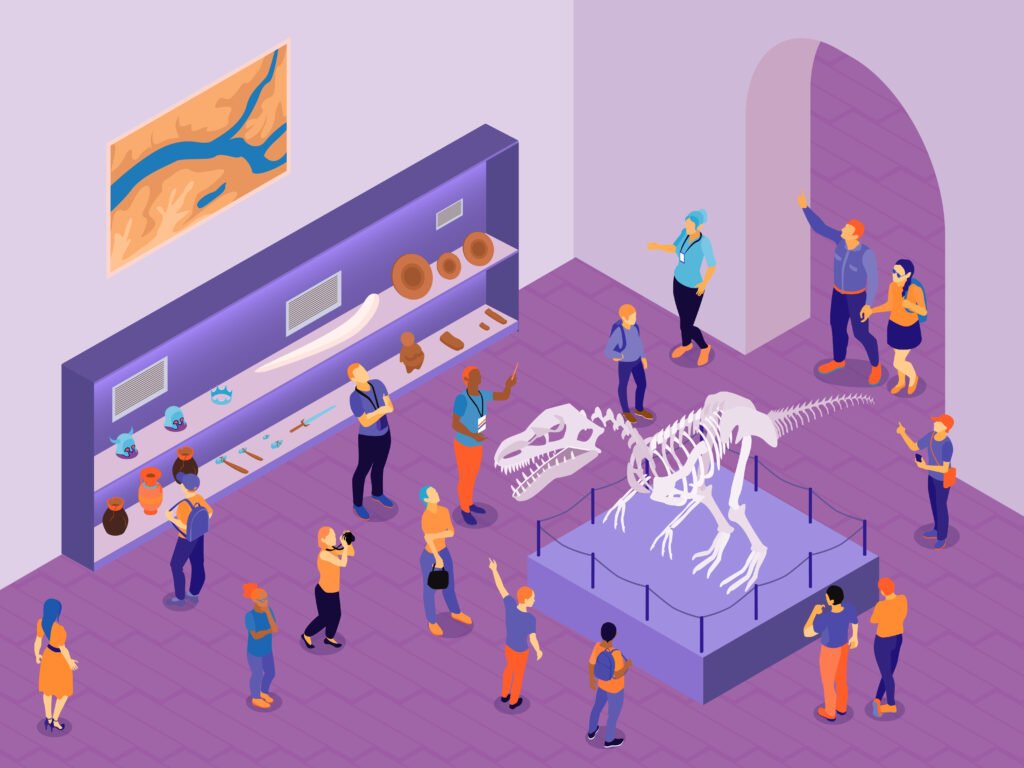The online buoyancy simulations on this page will help you understand the physical fundamentals that make some objects float and others not. We will discover Archimedes’ Principle and we will see what is the relationship between buoyancy and density.
What is buoyancy
Buoyancy is the ability of bodies to stay on the surface of a liquid or in the air without sinking. It is a fundamental physical principle governed by Archimedes’ Principle, enunciated by the Greek scientist of the same name.
Archimedes’ principle. Buoyancy force
Archimedes’ principle is a physical law established by the Greek scientist Archimedes, which describes the behavior of bodies immersed in fluids, either liquids or gases. This principle states that a body fully or partially immersed in a fluid will experience a vertical and upward thrust equal to the weight of the fluid displaced by the body. When a body is immersed in a fluid, either completely or partially, the fluid exerts a pressure on the body in all directions. The thrust is the resultant force of all these pressures and is equal to the weight of the fluid displaced by the body. If the weight of the object is less than the thrust, the body will float. If the weight is greater, the body will sink.
Relationship between buoyancy and density
Density is a physical property that relates the mass of an object to its volume, in the SI it is expressed in kilograms per cubic meter (kg/m³). It is a key factor in understanding buoyancy, as it determines whether an object sinks or floats when immersed in a fluid. This relationship is fundamental in the study of Archimedes’ principle and therefore, knowing the density of materials allows us to predict their behavior in water or other fluids.
Applications of the buoyancy principle
The principle of buoyancy is applied in many areas, such as ship design and construction. In the case of ships, for example, the shape and volume of the hull allows enough water to be displaced so that the total weight of the ship is less than the thrust generated by the water, thus ensuring its buoyancy.
The online buoyancy simulations on this page are an excellent tool to learn more about this important physics concept, to know Archimedes’ principle and to understand the relationship between buoyancy and density. Don’t miss them!
Explore the exciting STEM world with our free, online simulations and accompanying companion courses! With them you'll be able to experience and learn hands-on. Take this opportunity to immerse yourself in virtual experiences while advancing your education - awaken your scientific curiosity and discover all that the STEM world has to offer!
Buoyancy simulations
- Density
- Buoyancy I
- Buoyancy II
- Archimedes
- Lab
- Balance
Buoyancy and density
This simulation allows us to understand the relationship between buoyancy and density. See how the density of an object changes as its mass or volume changes and how this affects its buoyancy.
File
Buoyancy I
With this simulation, you can easily explore the fundamental principles of flotation. Adjust the mass, volume, and material type of a block and observe how its behavior changes in different fluids. Check under what conditions an object sinks or floats, and see how relative density determines equilibrium, putting Archimedes’ principle into practice interactively.
File
Buoyancy II
This simulation takes the study of flotation a step further. Experiment with objects of different shapes and materials, change the fluid, and observe how the forces involved act: gravity, buoyancy, and contact. Explore more realistic scenarios, such as bottles and ships, to understand how Archimedes’ principle applies in everyday life and in the design of floating objects.
File
Archimedes’ principle
This simulation of Archimedes’ principle allows us to study the fundamental concepts of Archimedes’ principle. Change the mass and volume of the object and see what happens.
Balance
Immerse the two objects in water. Why are they unbalanced? How do you achieve the point of equilibrium? Can you explain it?
Giants of science
“If I have seen further, it is by standing on the shoulders of giants”
Isaac Newton

Joseph Louis Gay-Lussac
–

Blaise Pascal
–
Become a giant


Mechanics, Part 2



Mechanics, Part 1



Dynamics and Control



AP® Physics 2: Challenging Concepts



Circuits for Beginners



The Basics of Transport Phenomena



Pre-University Physics






























